Home>Ideas and Tips>Rainwater Collection System Setup and Sustainable Water Usage
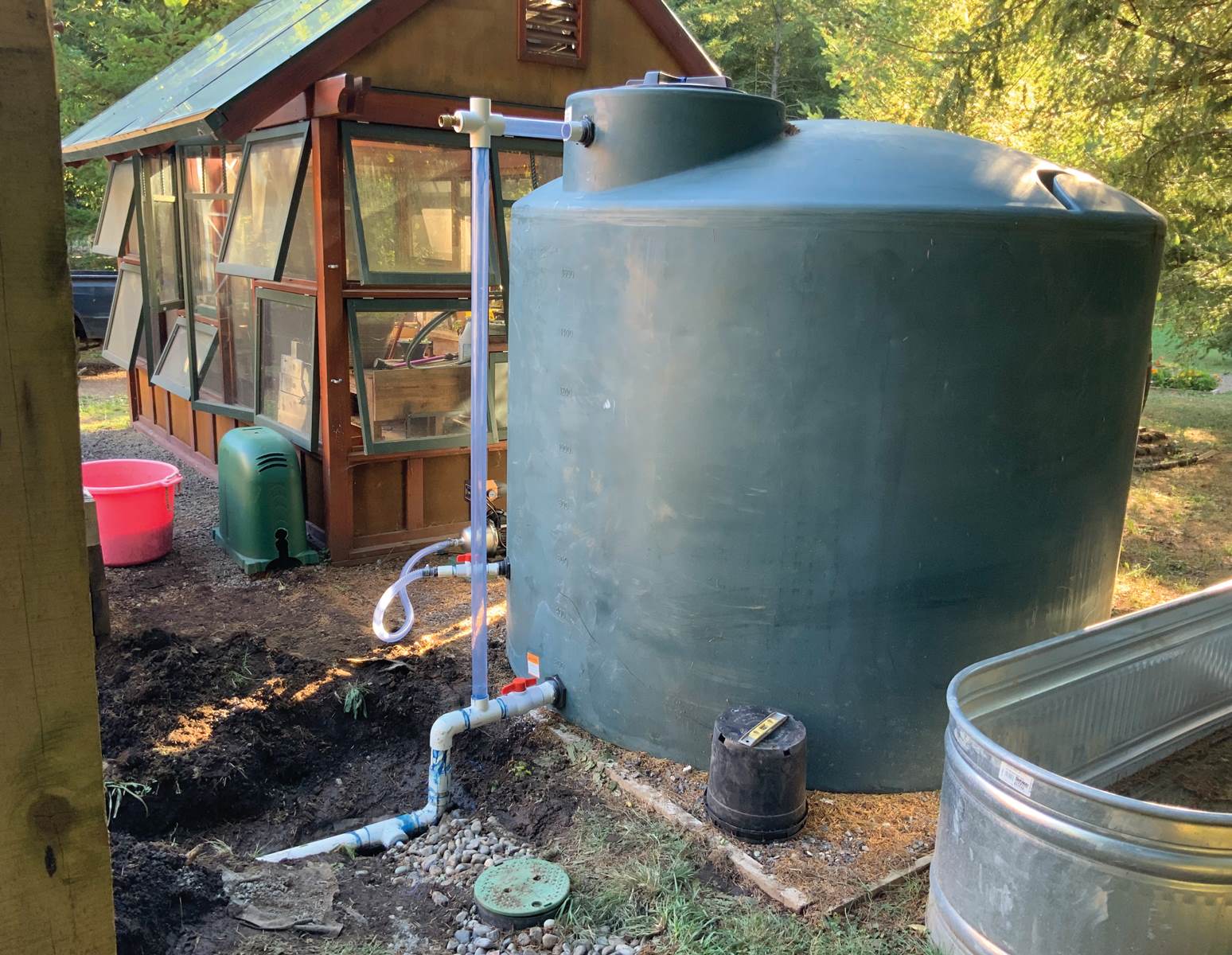

Ideas and Tips
Rainwater Collection System Setup and Sustainable Water Usage
Published: September 23, 2024
Learn how to set up a rainwater collection system to conserve water, save energy, and reduce costs while promoting sustainability.
(Many of the links in this article redirect to a specific reviewed product. Your purchase of these products through affiliate links helps to generate commission for Storables.com, at no extra cost. Learn more)
Introduction
Water scarcity is a big problem these days. Finding ways to manage water sustainably is super important. One great method is rainwater harvesting. This means collecting and storing rainwater for different uses. It helps reduce the need for city water and eases the strain on groundwater. But how do you set up a rainwater collection system? Let's dive in.
Benefits of Rainwater Harvesting
Rainwater harvesting has tons of benefits. Here are some key ones:
- Water Conservation: Collecting rainwater means using less freshwater from natural sources. This helps keep the water table stable and prevents overuse of groundwater.
- Energy Savings: Rainwater systems can cut down on energy use. They reduce the need for city water treatment and pumping, which is great in areas with high energy costs.
- Environmental Impact: Using harvested rainwater lowers greenhouse gas emissions from water treatment and transport. It also helps reduce urban runoff and stormwater pollution.
- Cost-Effective: While setting up a rainwater system might cost a bit upfront, it saves money in the long run. You get a reliable water source for non-drinking uses, cutting down on expensive city water.
- Increased Property Value: A rainwater system can boost your property value. It shows you're committed to sustainability and water conservation.
Components of a Rainwater Collection System
A rainwater collection system has several key parts:
-
Collection System
- This includes the roof and gutters that catch rainwater. The roof should be made of non-toxic, durable materials to keep the water clean. Common materials are asphalt shingles, metal roofing, and tiles.
-
Inlet Filter
- A screen filter catches large debris like leaves and branches before they enter the storage tank. This keeps the water quality high by blocking big particles.
-
First Flush Diverter
- This device diverts the first flow of rainwater, which often has debris and contaminants, away from the storage tank. Only clean water gets stored.
-
Storage Tank
- The tank stores the collected rainwater. It should be made from food-grade materials to keep the water safe. Common materials include food-grade polyester resin, which is green and helps reduce bacterial growth.
-
Overflow
- An overflow spout lets extra rainwater flow away from the tank if it gets full. This prevents overflow and keeps the system running smoothly.
-
Controls
- These monitor the water level in the tank and activate the pump when needed. They also control the filtration and treatment systems to ensure water quality.
-
Treatment System
- This includes filters and disinfection components to treat the rainwater for non-drinking or drinking use. It might have filters to remove particles, disinfection systems like UV or chlorine treatment, and other processes to make sure the water is safe.
-
Pump
- The pump moves water through the system to where it's needed. It can be powered by regular electricity or alternative sources like solar power.
-
Backflow Prevention
- Backflow preventers stop water from flowing backward into the city water supply, preventing contamination.
-
Flow Meter
- A flow meter measures water production and can track usage patterns over time.
-
Power Supply
- The power supply can use regular power sources or alternative ones like solar systems for off-grid capabilities.
-
Water Level Indicator
- This monitors the water level in the tank, giving visual feedback on the system's status.
Installation Process
Setting up a rainwater collection system involves several steps:
-
Assessment and Planning
- Check your roof's size and material to see if it's good for rainwater harvesting. Plan the system's layout, including where to put the tank, treatment parts, and other equipment.
-
Roof Preparation
- Make sure your roof is clean and free of debris before installing gutters and downspouts. Install gutters and downspouts designed to catch rainwater well.
-
Inlet Filter Installation
- Install an inlet filter where rainwater enters the system to catch large debris.
-
First Flush Diverter Installation
- Put in a first flush diverter to send the first flow of rainwater away from the tank.
-
Storage Tank Installation
- Place the tank in a good spot, making sure it's high enough for gravity-fed flow to the treatment and distribution systems.
-
Overflow Installation
- Install an overflow spout to direct extra rainwater away from the tank if it gets full.
-
Control System Installation
- Set up controls that monitor water levels and activate pumps as needed.
-
Treatment System Installation
- Install filters and disinfection parts according to local rules and treatment needs.
-
Pump Installation
- Install pumps that can handle the flow rate your system needs, making sure they're powered by suitable energy sources.
-
Backflow Prevention Installation
- Put in backflow preventers where the system connects to city water supplies to stop contamination.
-
Flow Meter Installation
- Install flow meters to measure water production accurately.
-
Power Supply Installation
- Set up power supplies that meet your energy needs, considering alternative sources like solar power for off-grid capabilities.
-
Water Level Indicator Installation
- Install water level indicators to monitor the system's status visually.
Applications of Rainwater Harvesting
Rainwater harvesting systems can be used for many things:
-
Landscape Irrigation
- Harvested rainwater is great for watering plants, reducing the need for drinking water and cutting down on water waste.
-
Wash Applications
- Rainwater can be used for washing cars, cleaning surfaces, and other non-drinking purposes.
-
Ornamental Pond and Fountain Filling
- Use harvested rainwater to fill ponds and fountains, making them look nice while saving drinking water.
-
Cooling Tower Make-Up Water
- Rainwater can be used as make-up water for cooling towers, reducing the load on city water supplies and lowering energy costs.
-
Toilet and Urinal Flushing
- With proper treatment, harvested rainwater can be used for flushing toilets and urinals, cutting down on the demand for drinking water.
-
Potable Water Supply
- Extra filtration and disinfection can treat harvested rainwater to drinking standards, providing an alternative source of drinking water during emergencies or when city supplies are disrupted.
Treatment for Potable Application
For systems meant for drinking water, extra steps are needed:
-
Water Quality Monitoring
- Regularly test the water quality by a licensed operator to make sure it meets standards for drinking. Check pH levels, turbidity, temperature, and disinfectant residuals.
-
Filter Cartridges/Membranes
- Use filters that remove at least 99% of particles larger than 3 microns. Replace filters as needed according to manufacturer recommendations.
-
Disinfection Systems
- Make sure disinfection systems like ozone, chlorination, or UV radiation are working well to kill viruses and other germs in the water.
Case Studies and Research
Several studies show how effective and sustainable rainwater harvesting systems are:
-
Bangladesh Study
- A study in Bangladesh showed that rainwater harvesting systems could provide a reliable water source during water shortages in Dhaka City. The system was cost-effective and environmentally friendly, reducing energy use and emissions.
-
Palestine Smart Rainwater Harvesting
- In Palestine, a smart rainwater harvesting system was set up to tackle water scarcity in dry areas. The system had high reliability indices (41% volumetric, 100% full) when combined with a dual water supply system.
-
India’s Rooftop Rainwater Harvesting
- In India’s North Parganas District of West Bengal, rooftop rainwater harvesting was studied as a way to fight water scarcity. The study found that it could significantly cut household water use.
Conclusion
Rainwater harvesting is a sustainable and cost-effective way to manage water. Setting up a rainwater collection system can reduce reliance on city water, save energy, and lessen environmental impacts from urban runoff and stormwater pollution. The system includes collection surfaces, inlet filters, first flush diverters, storage tanks, overflow spouts, control systems, treatment parts like filters and disinfection systems, pumps powered by regular or alternative energy sources like solar power, backflow preventers to stop contamination of city supplies, flow meters for accurate water production measurement, power supplies for off-grid capabilities when needed, and water level indicators for visual system status feedback.
Harvested rainwater can be used for many things, from watering plants to flushing toilets after proper treatment to ensure safety for drinking during emergencies or city supply disruptions.
In conclusion:
Rainwater harvesting offers many benefits, from water conservation to environmental sustainability, making it a key part of modern water management strategies worldwide.
By understanding its components, installation process, applications, treatment needs, case studies, and research findings, people can effectively set up sustainable rainwater harvesting systems, boosting their properties while helping global environmental conservation efforts.
Was this page helpful?
At Storables.com, we guarantee accurate and reliable information. Our content, validated by Expert Board Contributors, is crafted following stringent Editorial Policies. We're committed to providing you with well-researched, expert-backed insights for all your informational needs.
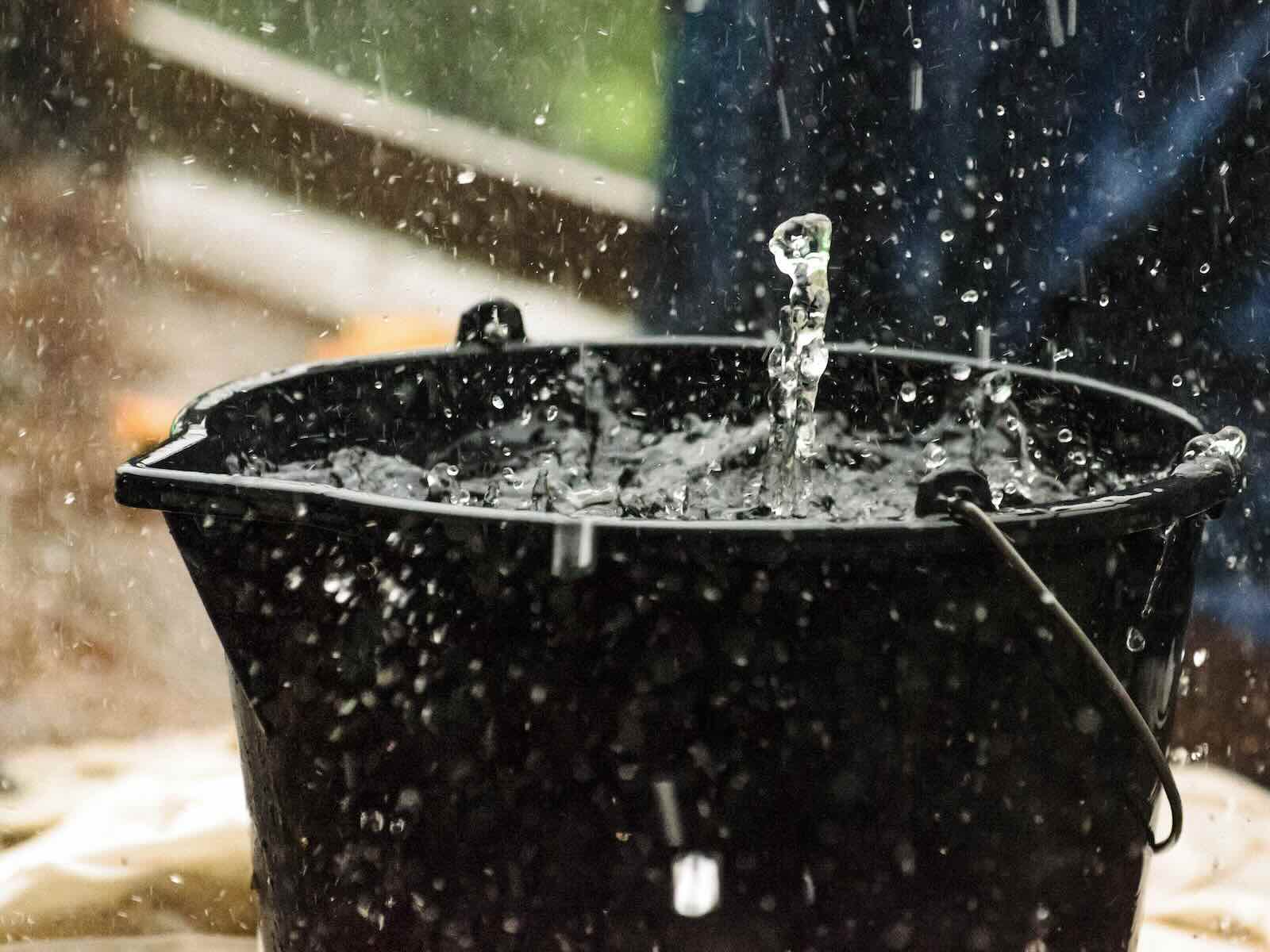
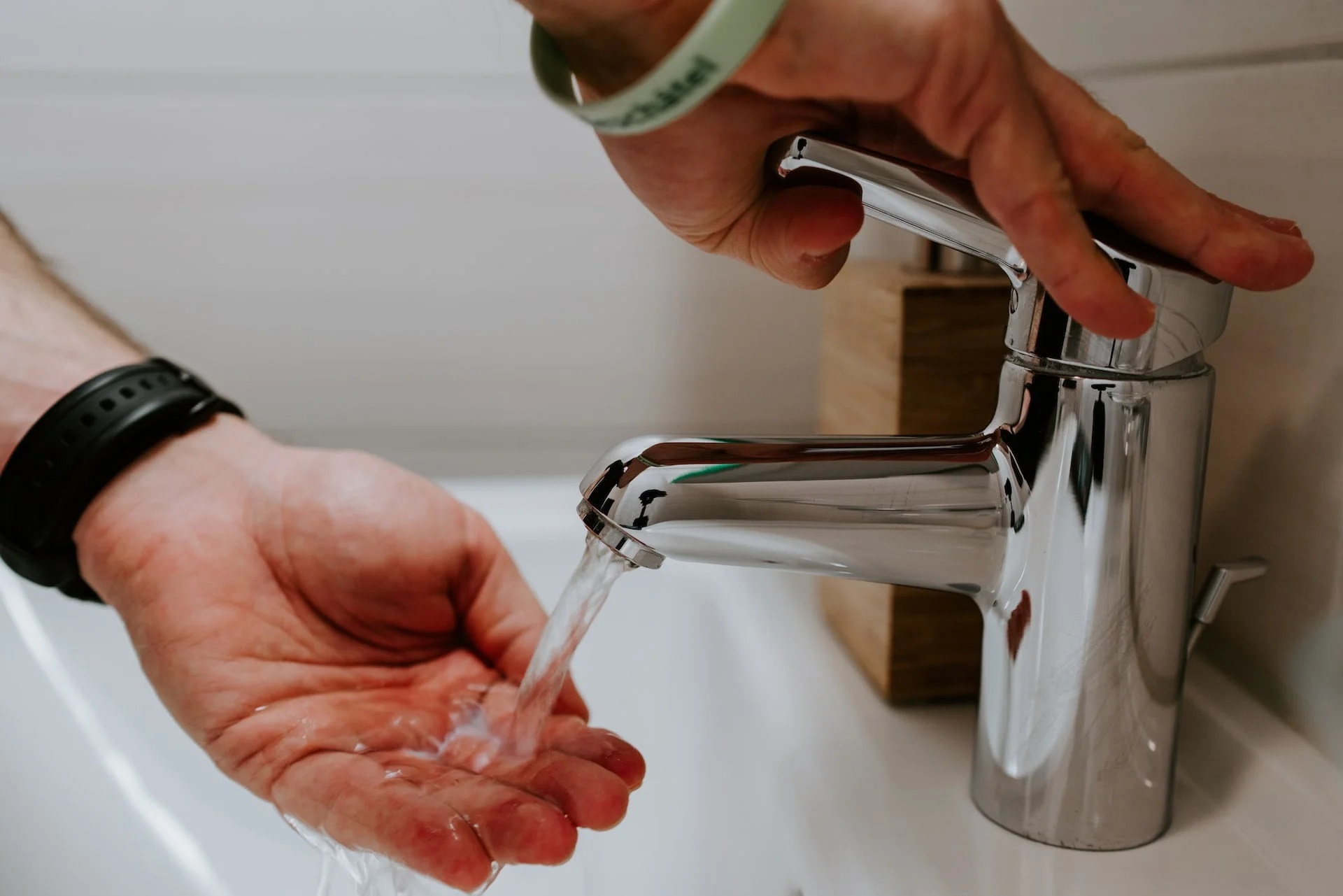
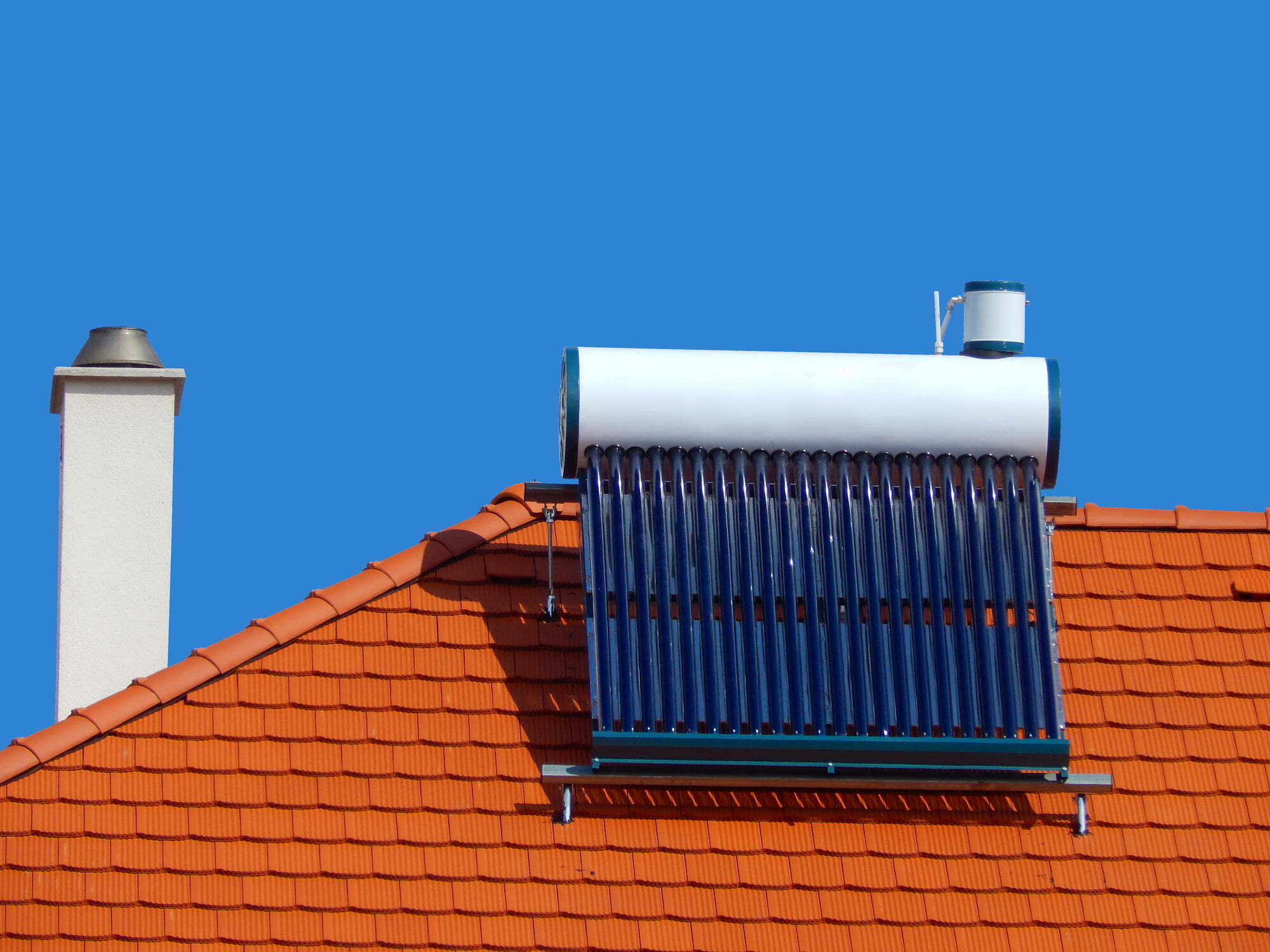
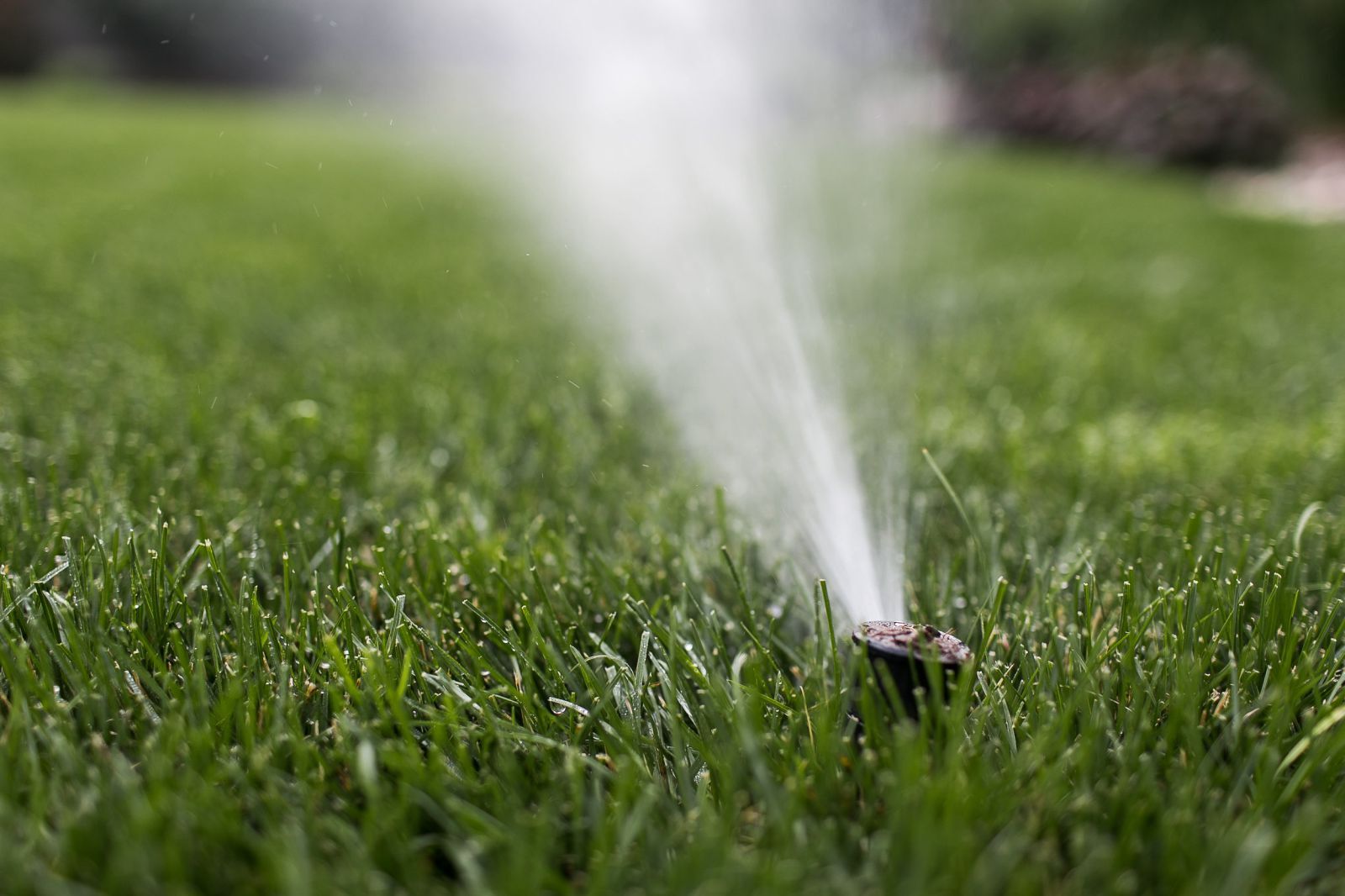
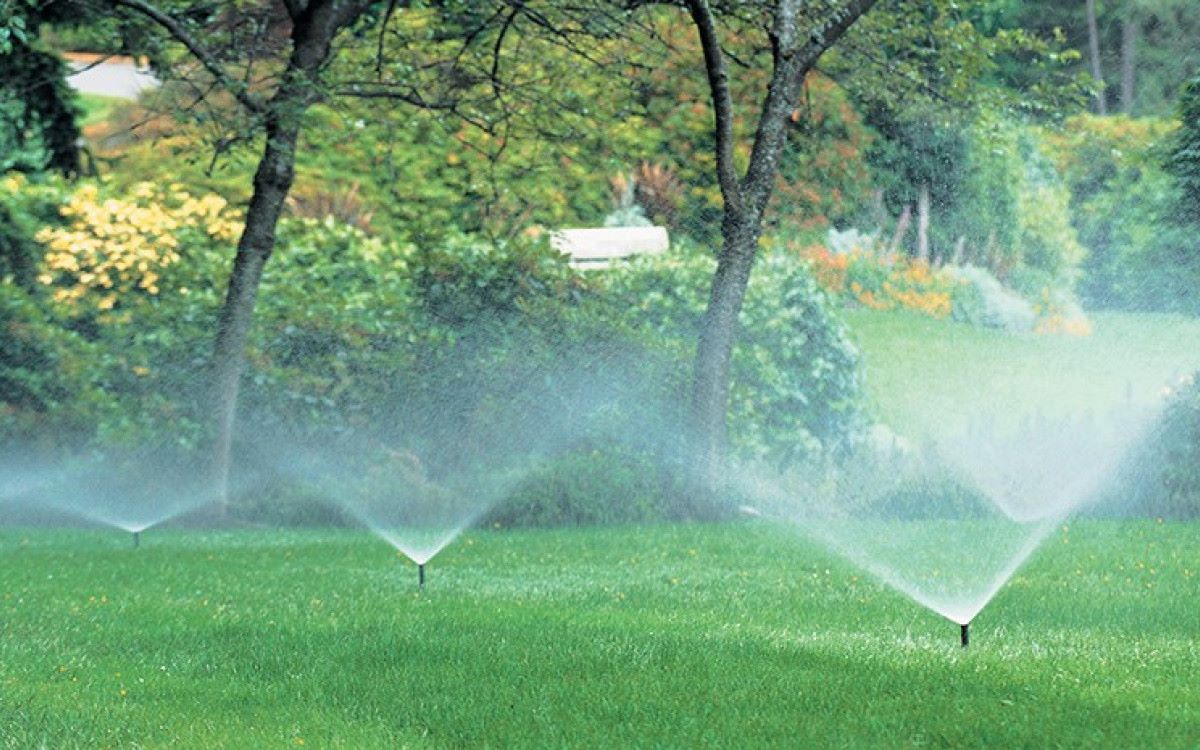
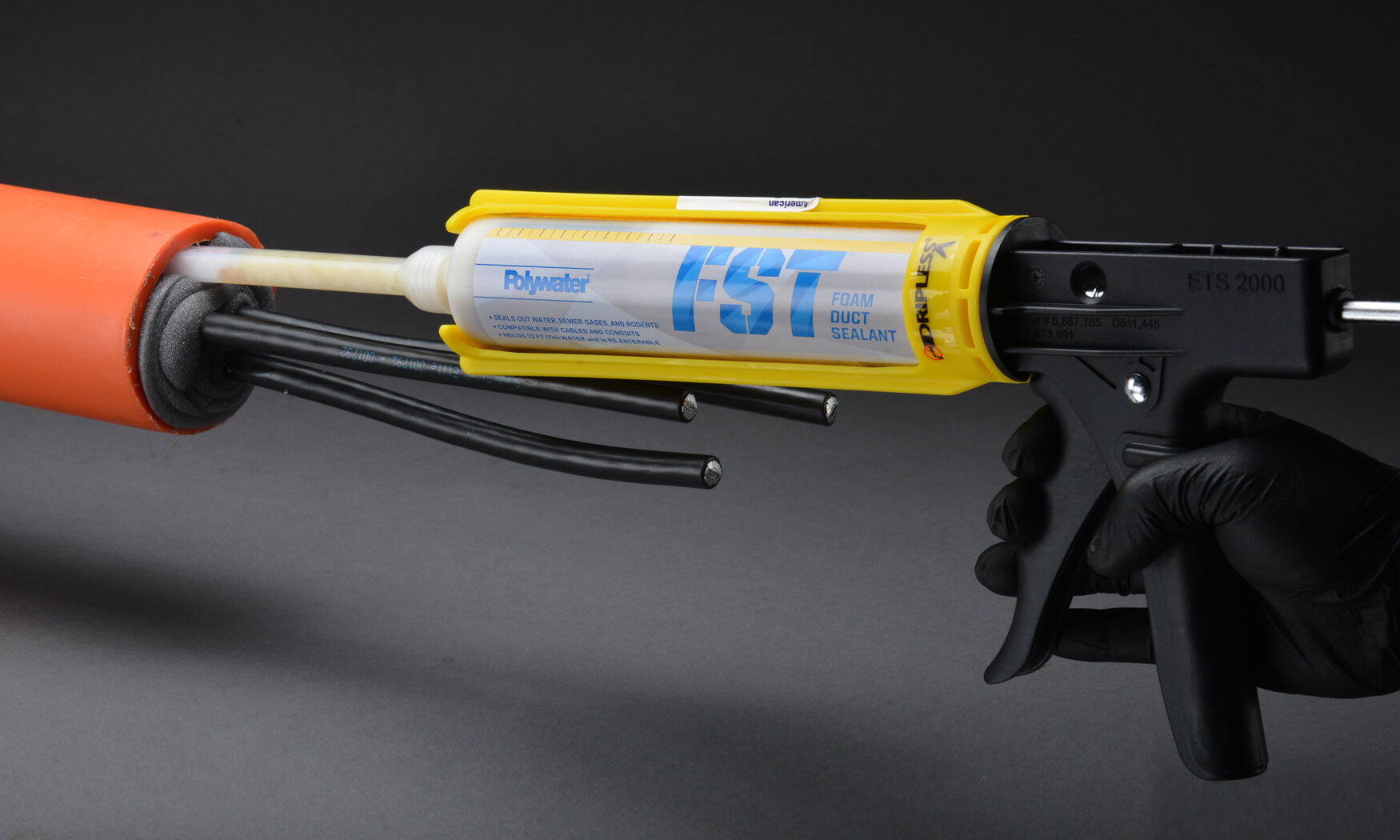
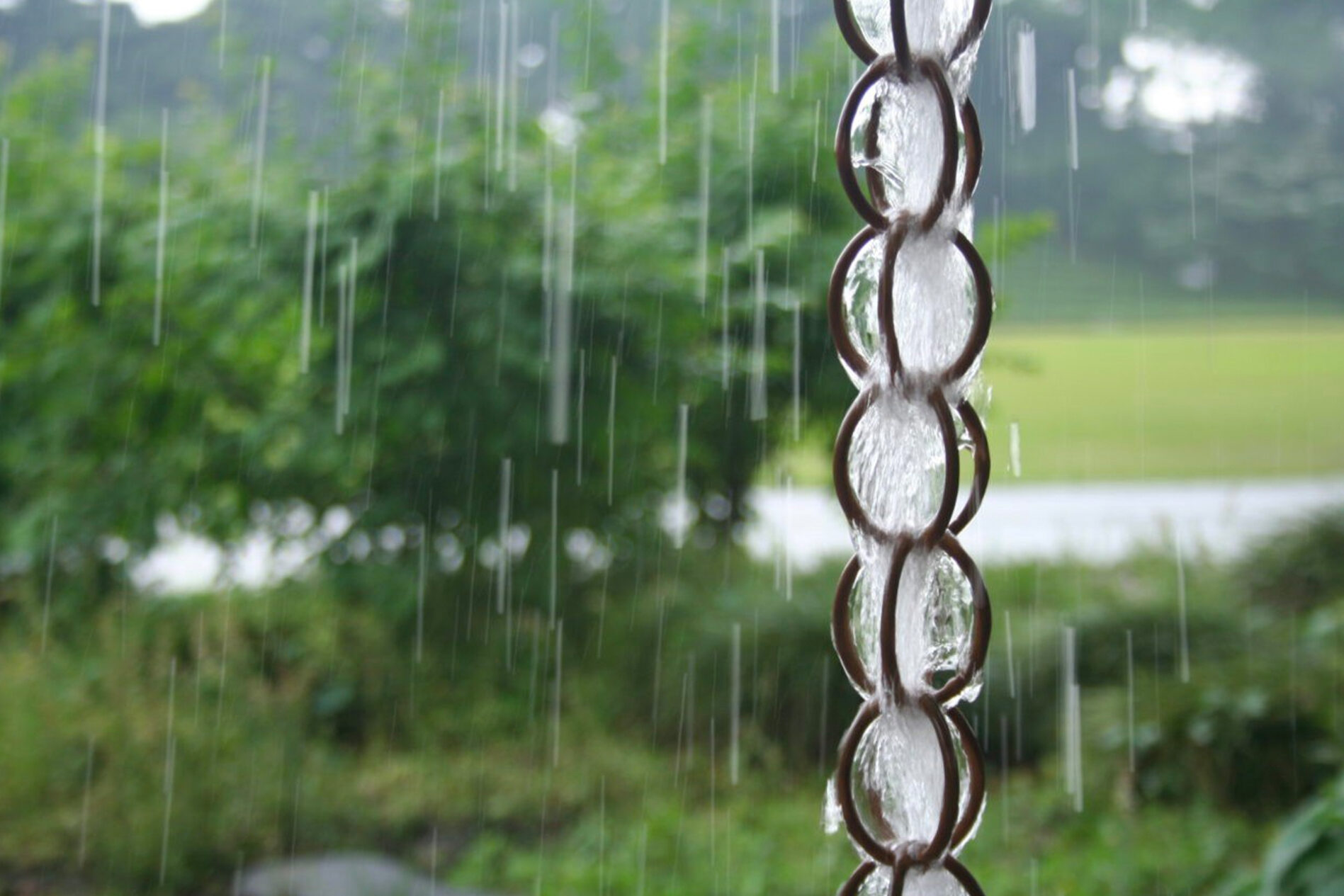
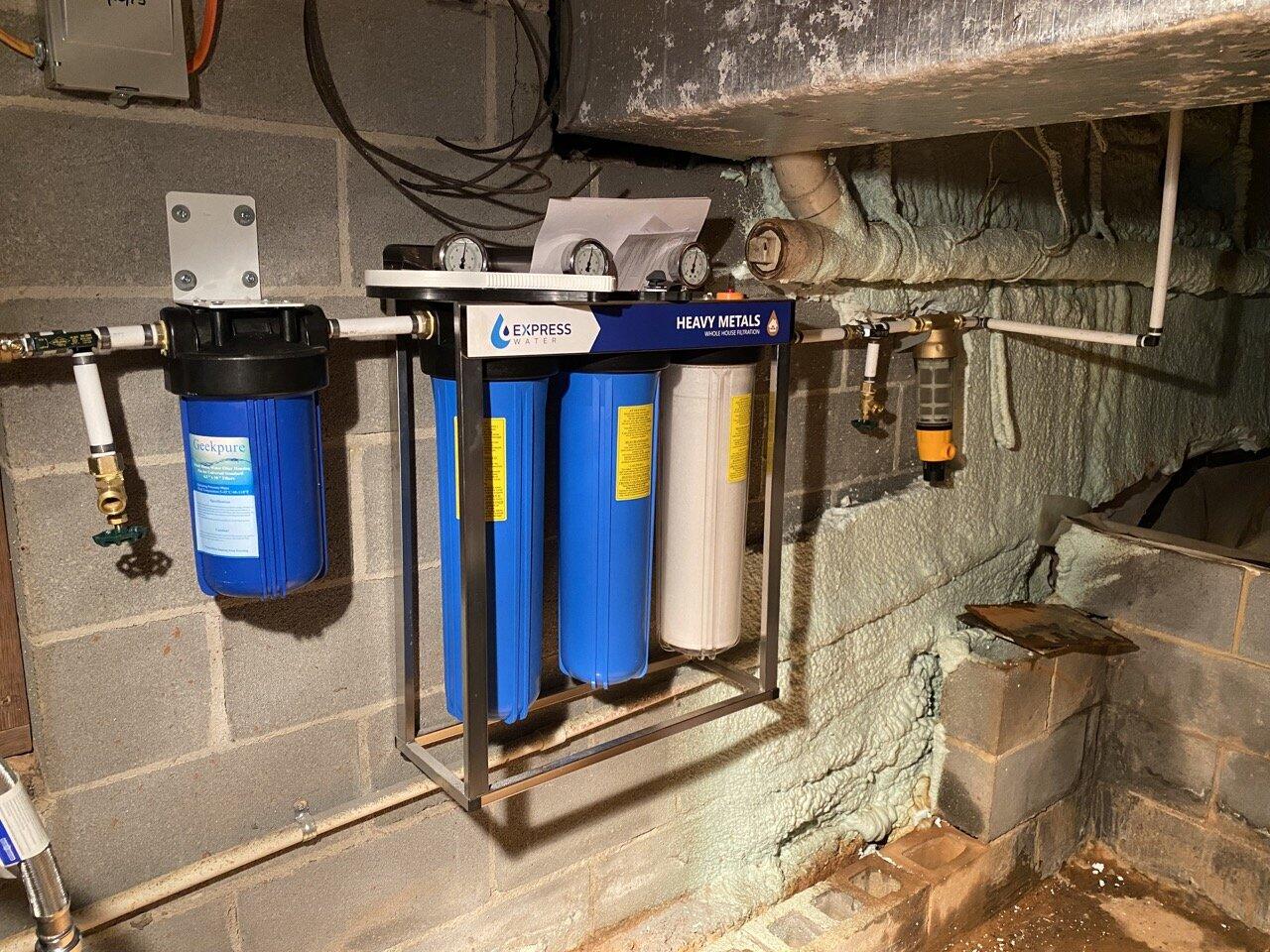
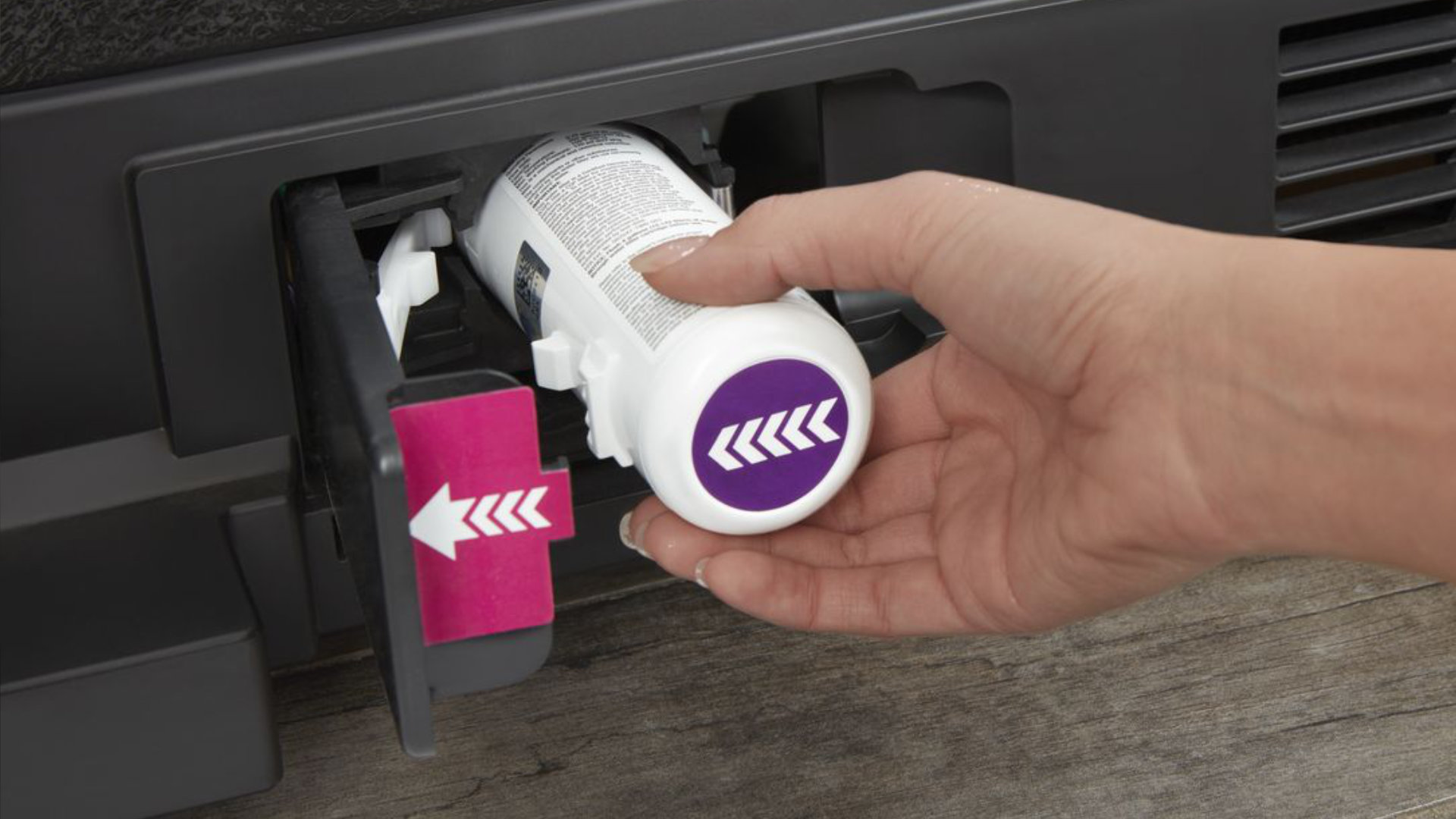

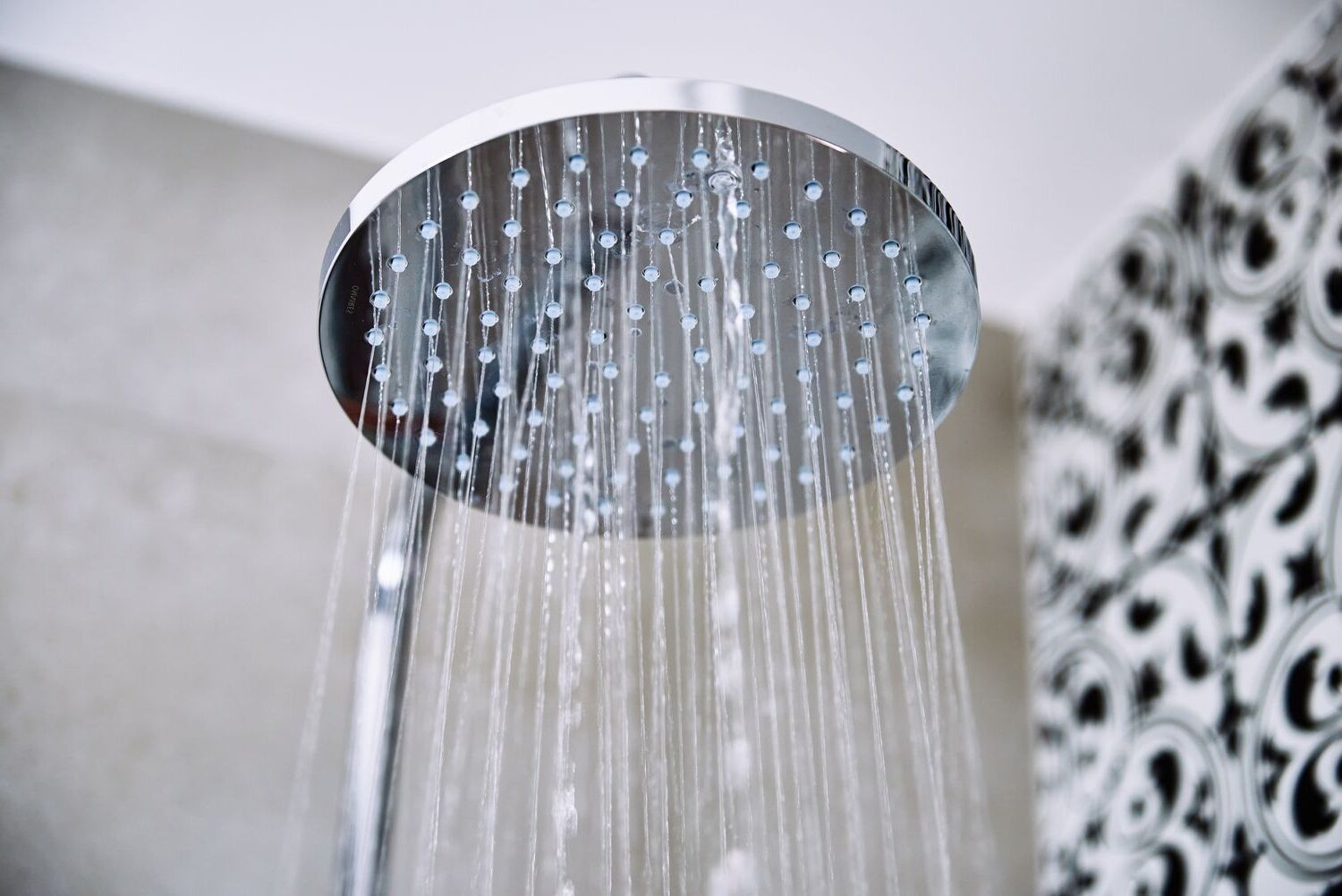
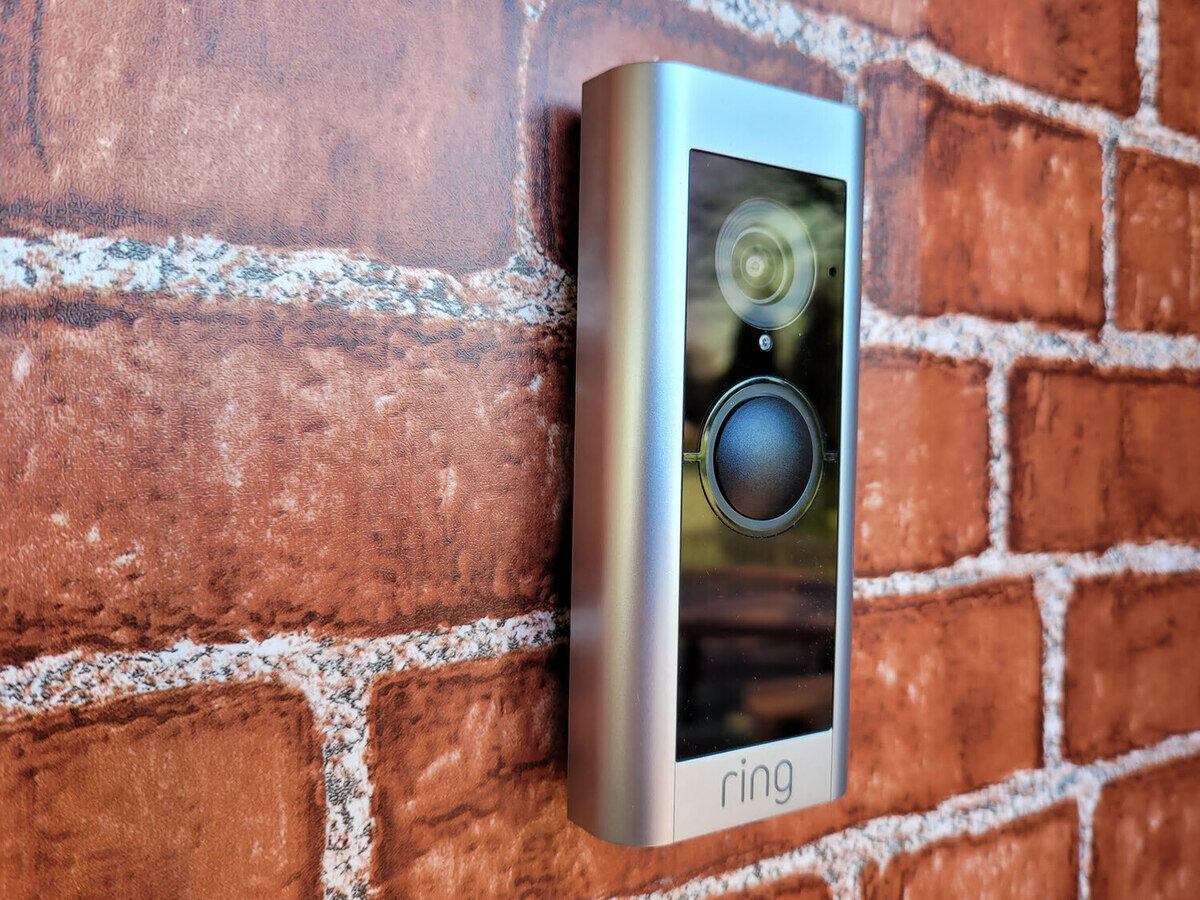

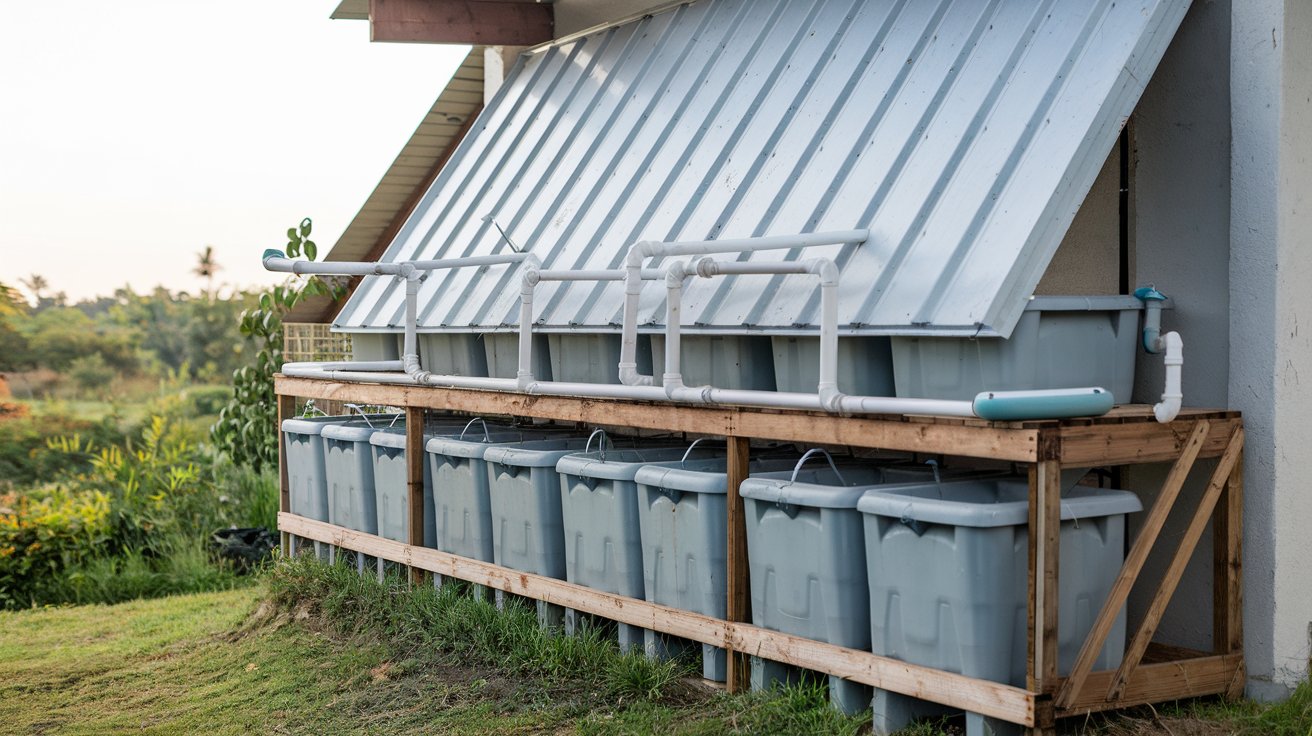

0 thoughts on “Rainwater Collection System Setup and Sustainable Water Usage”